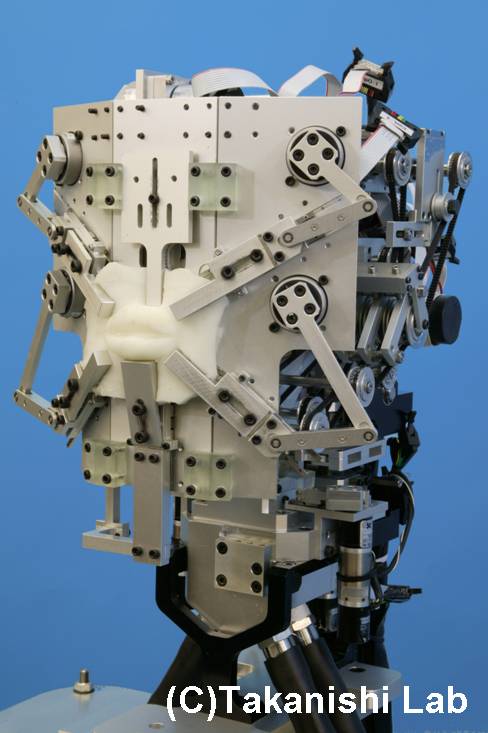A new paper, published in Science last week, has reviewed some of the correlations which suggest that language change may be subject to sex-specific transmission. This has been discovered through looking at Y-chromosome DNA types. Modern male DNA (Y-Chromosome) is found to be the DNA from the population who originally spoke the language which has survived, whereas modern female DNA is often not the DNA of the population which spoke the language which has survived.
This evidence has come from, among others, a study by Chaubey (2011) with evidence for the Indian subcontinent. Austroasiatic languages are spoken by tribes with a high proportion of immigrant Y-chromosome DNA from East Asia, but with a high percentage of local female (mitochondrial) DNA. This pattern was also true of the Tibeto-Burman language family in northeastern India.
Other studies found matching correlations in Africa and found that Niger-Congo languages correlate with Y-Chromosome types, but the female DNA, which correlated more with geography (Wood et al. (2005) and de Filippo et al. (2011)).
Sex-biased language change can also be seen in the expansion of the Malayo-Polynesians in New Guinea. New Guinea has populations of Malayo-Polynesian speakers and also populations of Melanesian speakers. Malayo-Polynesian female DNA is about the same in both Malayo-Polynesian speaking areas and Melanesian speaking areas. However, the Malayo-Polynesian Y-Chromosome is found way more in the Malayo-Polynesian speaking areas than the Melanesian speaking areas.
This pattern is also seen in Iceland where the female DNA is mainly British, but the Y-chromosome is mainly Scandinavian. This follows the pattern because the Icelandic language is also Scandinavian.
Forster and Renfrew (authors of the Science paper) show that these findings complement studies such as Stoneking and Delfin who found that in East Asia, it is women who move after marriage rather than men. This means that if a man and woman migrate to a populated area their female offspring will move to other villages when married but their male offspring will remain static meaning that their language will stay in the same place as their Y-Chromosomes.
Is this the only mechanism at work when correlations of sex-specific language change can be seen? Others have hypothesized things such as farming and trade might be a factor. Groups of emigrating agriculturalists may also contribute where men outnumber women and take wives from the local community they were moving to. Men are also biologically capable of passing on and spreading about much more of their DNA than women can. It may also be the case that it is the father’s language rather than the mother’s which will be dominant within a family but I think more research would have to be done on this.
Interestingly the opposite correlation to the ones seen above is seen in Greenland where both the language and female DNA is Eskimo but the Y-Chromosome DNA is European.

